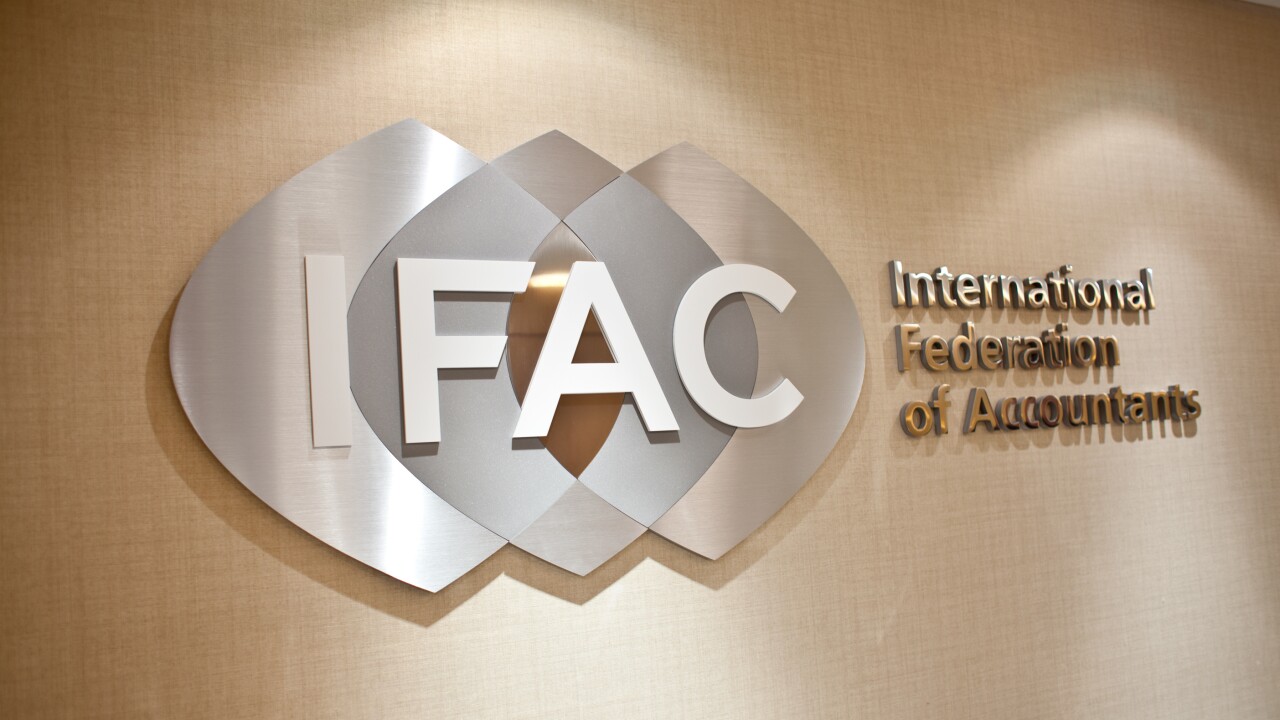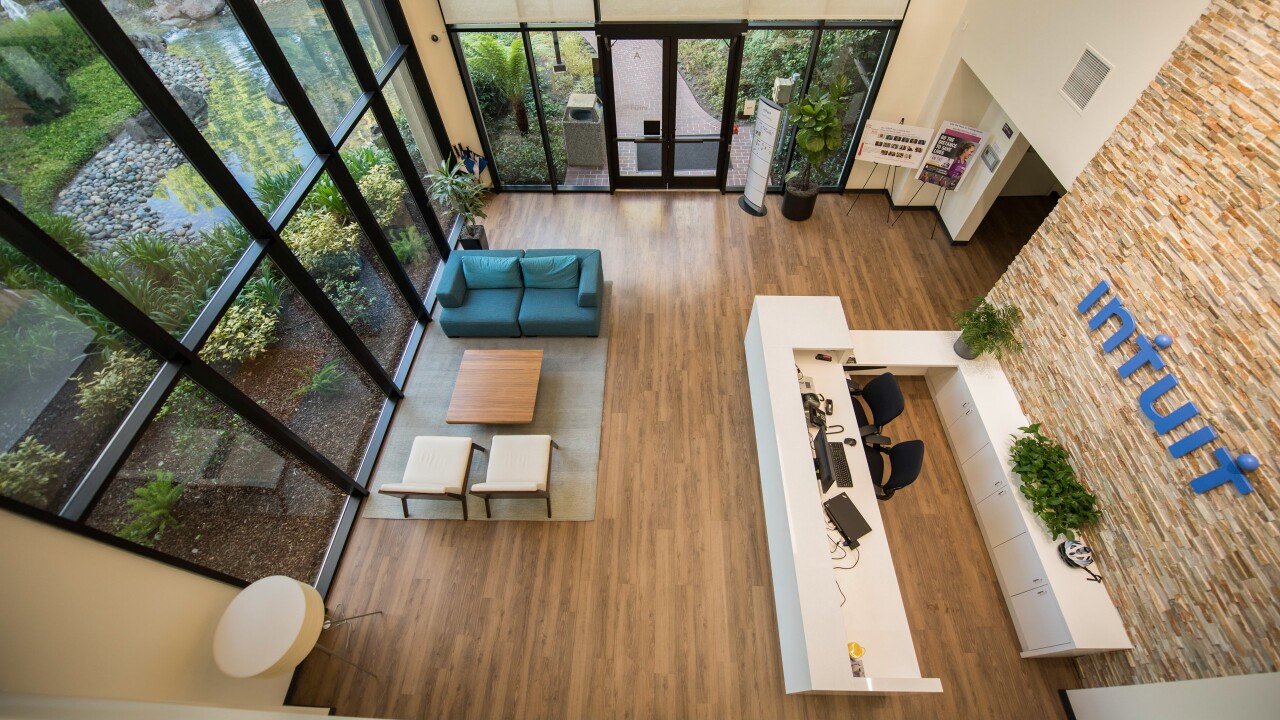I'm a lover of history. I could write an entire book on what history means. Perhaps the most fascinating aspect of history to me is the long-term changes (over decades or even centuries) that have occurred, some good, some not so good.
The common denominator of these changes is that few could have predicted these changes before they happened. Who could have predicted that the Romans, the English, the Dutch and the Spaniards would cease to be the most powerful nations in the world? Who could have predicted the catastrophic impact of the 1918 flu and the 2020 COVID pandemic? Why didn't the Jews of Europe see the handwriting on the wall and flee to friendly countries as Hitler began his scourge in the early and mid-1930s? I can go on and on.
I start with the above to ease into your central question (in a recent Accounting Today column, "
But as Chad and Jeremy sang, "That was yesterday and yesterday's gone." I'm not a chess player, but I know enough about chess to know that you win by planning your moves several moves ahead. Those of us in the CPA profession, from managing partners to consultants to journalists, are painfully aware of the very real threats, such as declining labor pools and the possible negative impacts of artificial intelligence and private equity (both great examples of glass half-empty or half-full discussions).
Our profession has withstood many sea changes and survived them … and then some. Looking over the most recent 40 years of the CPA industry, there have been epic positive changes that the CPA profession made to avoid declining:
- Being able to sell without ethical restraints.
- Providing services other than basic compliance work.
- Running a firm like a real business instead of a bunch of collegial buddies with no one really in charge.
- The advent of computers, causing legions of CPAs to do things with technology that they used to do by hand.
- The consolidator storm of the late 1990s, closely followed by merger mania that shows no signs of letting up.
- Remote work, necessitated by COVID, prevented legions of staff, especially younger ones, from benefitting and developing from the collegiality and learning that is best cultivated by being in an office with co-workers. Today, the trend is getting back to more time in the office, such as hybrid schedules that require staff to be in the office three days a week.
In the mid-1990s, the subject of a front-page article in The Wall Street Journal was the demise of smaller firms due to CPA firm mergers, which, of course, never happened and never will happen. I sent a letter to the journalist who wrote the article tactfully explaining that his premise was grievously in error. I never received a response.
The two biggest threats to the profession, to me, are:
- Declining labor pool. Most firms today are not comfortable with the progressive ways to solve the problem — offshoring and outsourcing personnel, hiring people from outside a firm's market and hiring non-CPAs. But as of today, firms are moving very slowly on this. It reminds me of firms in the late 1980s and early 1990s fighting the trend to do their work with computer software instead of manually. Nobody today has a problem with the analysis and diagnosis of MRIs and X-rays regularly performed by invisible, trained doctors abroad. Why should CPA firms have a problem with some of their basic work being done by CPAs in the Philippines, India and other countries? Many CPA firms are fighting this trend, but they will eventually see the light. The way things are going, they might not have a choice.
- The fear that AI will substantially reduce CPAs' present work and processes. Yes, the way we do our work today and the fees we charge for this work will decline, perhaps greatly, as a result of AI. But this gives CPAs an opportunity to re-engineer themselves, just as they did in the 1990s when they started adding ancillary services to accounting work, thus doing a better job of satisfying clients' needs. This reminds me of the time in the early 1990s when Quicken and QuickBooks were introduced. The dilemma presented to CPAs was twofold; first, there was the negative: "These programs will reduce our work." Then the positive, which more than offsets the negative, is that with these technologies, CPAs can focus more on helping clients run their businesses, supported by client reports that the clients effortlessly create. Again, the result is more time to focus on clients' needs instead of focusing on pumping the work out.
CPAs in the 1960s and 1970s would be dumbfounded and shocked to see the monumental changes that have occurred through today. I think that CPAs today will be equally stunned to see what the profession looks like in 30 to 40 years, a profession that continues to adapt and thrive.





